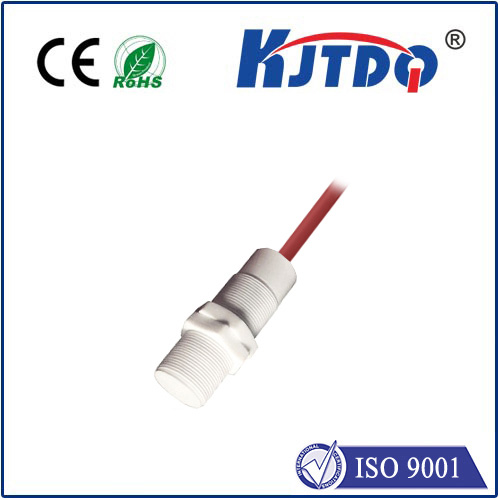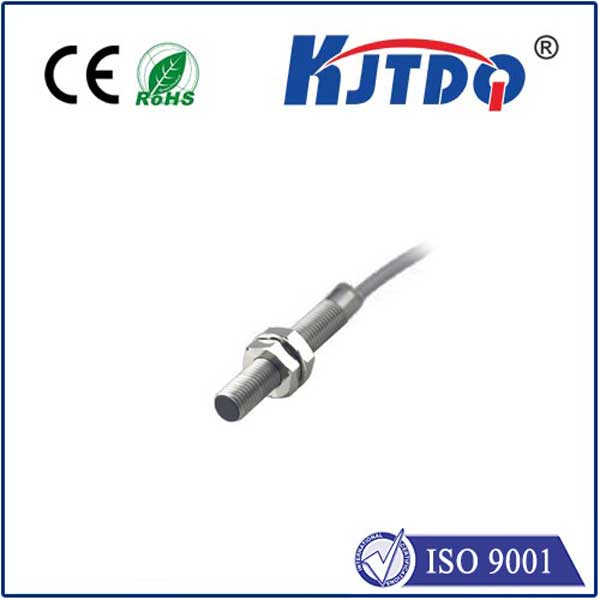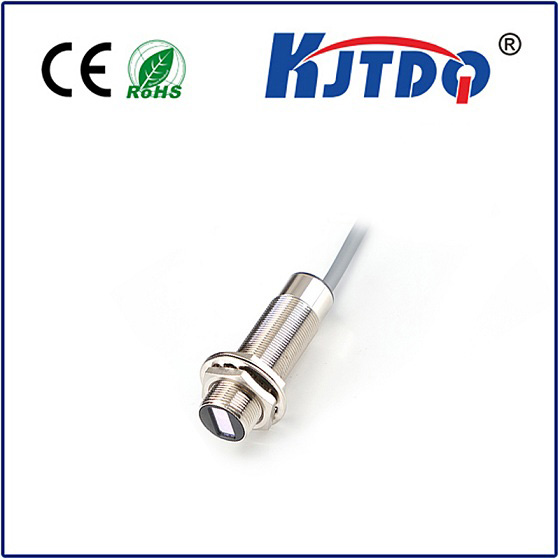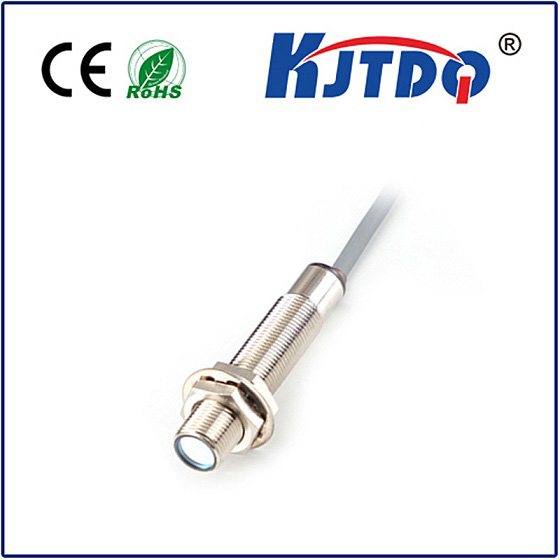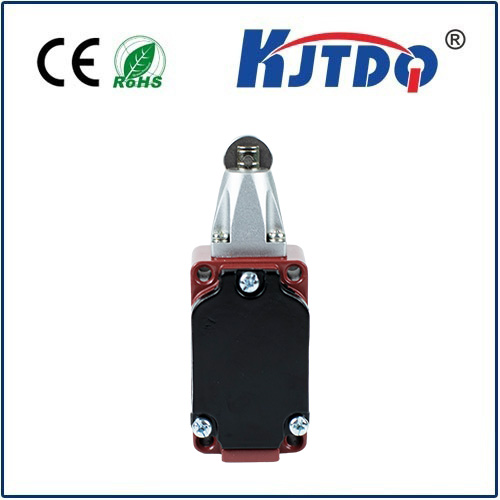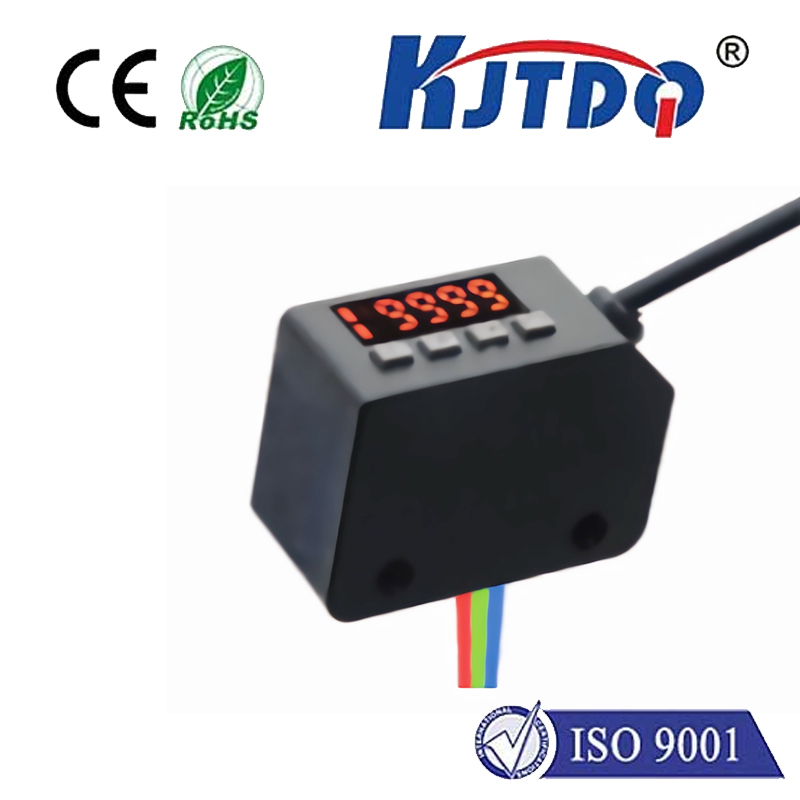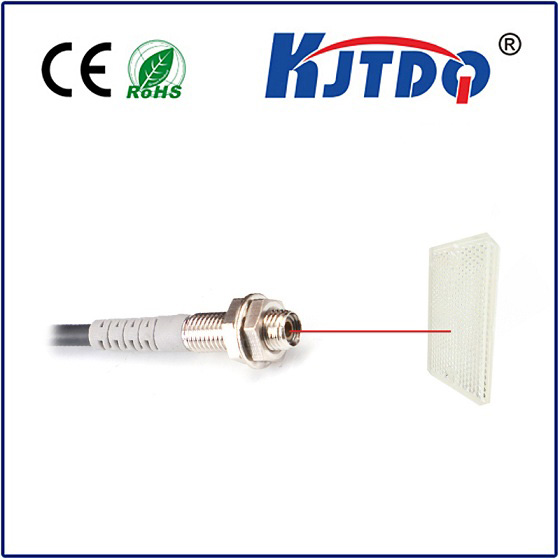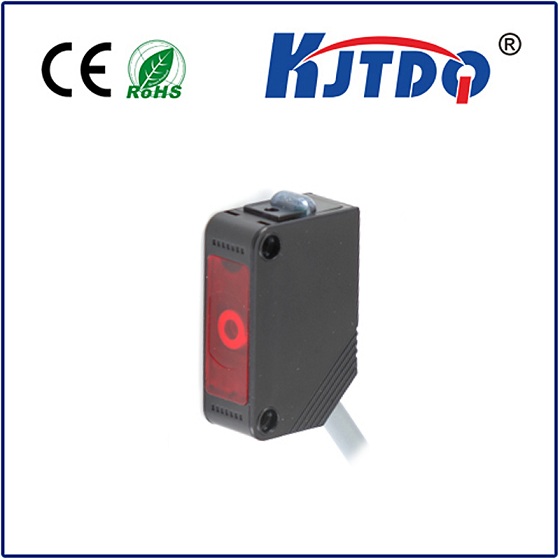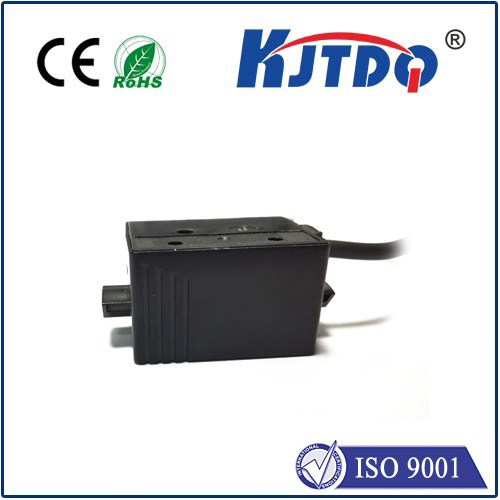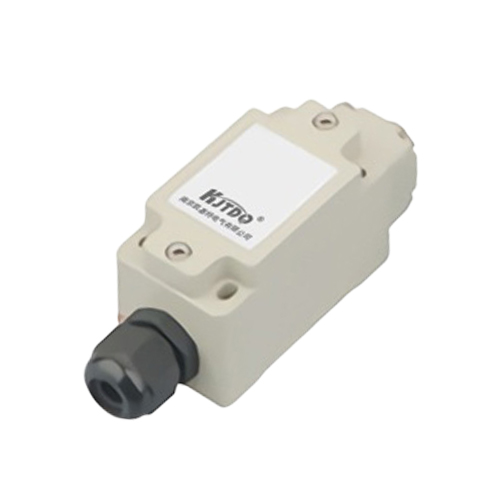autonics sensor price list
- time:2025-07-08 01:24:31
- Нажмите:0
Autonics Sensor Pricing Guide: Factors, Ranges & Where to Find Current Costs
The moment “Autonics sensor price list” lands in your search bar, you’re likely deep into project planning, budget finalization, or urgently replacing a failed component. You need clarity on costs to make informed decisions. However, a direct, universally applicable price list for Autonics sensors is complex to provide definitively online. Why? Because Autonics offers a vast portfolio of sensors – photoelectric, proximity, temperature, pressure, encoder, fiber optic, and more – each with diverse specifications, features, and customizations that significantly influence price. Instead of a static list, understanding the key factors driving Autonics sensor pricing and where to obtain accurate, real-time quotes is far more valuable. This guide explores exactly that.
Why a Simple Price List Doesn’t Exist (And What Matters More)
Unlike commodity items, industrial sensors like those from Autonics are rarely “one size fits all.” A price depends heavily on:
- Sensor Type & Technology: A basic cylindrical inductive proximity sensor will cost significantly less than a high-precision laser distance sensor or a multi-channel safety light curtain.
- Performance Specifications: Factors like sensing distance, repeat accuracy, resolution, speed (response time), and operating temperature range dramatically affect cost. A photoelectric sensor with 10-meter range and sub-millimeter accuracy will command a premium over a basic 1-meter diffuse model.
- Output Type & Configuration: Simple NPN/PNP transistor outputs are standard, but sensors with analog outputs (current/voltage), relay outputs, IO-Link communication, or specific logic functions (AND/OR, Timer, Counter) increase complexity and cost.
- Enclosure Material & Protection Rating: Stainless steel housings inherently cost more than nickel-plated brass or plastic. Sensors rated IP67, IP68, or IP69K for harsh washdown or outdoor environments are priced higher than those with basic IP65/IP66 ratings.
- Special Features & Certifications: Sensors requiring explosion-proof (ATEX/IECEx) certification, high immunity to electrical noise, resistance to specific chemicals, or food-grade approvals involve rigorous testing and materials, impacting the final price.
- Quantity & Distribution Channel: Like most industrial components, substantial volume purchases typically secure better unit pricing. Authorized distributors may also offer tiered pricing or promotions not reflected on a public list.
Estimated Price Ranges Based on Sensor Categories (Guide Only)

While exact figures fluctuate based on distributor, region, and market conditions, understanding typical ranges helps set budget expectations:
- Inductive Proximity Sensors: Entry-level non-shielded cylindrical sensors (e.g., SN series) might start in the \(20-\)50 USD range. More advanced shielded models, high-temperature variants, or specialized form factors (e.g., BI series) can range \(50-\)150 USD or more.
- Photoelectric Sensors: Basic diffuse sensors (e.g., PM/TK series) often fall between \(40-\)100 USD. Retro-reflective, through-beam, and background suppression models typically range \(60-\)200 USD. Advanced laser sensors, color marks sensors (e.g., CR series), or fiber optic amplifiers can range \(150-\)500+ USD.
- Capacitive Proximity Sensors: Used for detecting non-metals, prices for models like the CN series often align with mid-range photoelectrics, around \(50-\)150 USD.
- Rotary Encoders: Prices vary widely by resolution, size, output type, and bearing quality. Basic incremental encoders (e.g., E40S series) might start around \(100-\)250 USD, while absolute encoders, hollow shaft models, or high-resolution variants (e.g., E50S) can range \(200-\)1000+ USD.
- Temperature & Process Sensors: Simple thermocouple/RTD heads (e.g., TX series) start relatively low (\(50-\)150 USD). Temperature transmitters (e.g., TM series) range \(150-\)400 USD. Pressure sensors/transmitters vary significantly by range and accuracy, often starting at $200+ USD.
- Safety Sensors (Light Curtains, Mats): Represent a significant investment. Basic Type 2 light curtains (e.g., SL series) might start around \(500-\)1000 USD, while high-safety Type 4 curtains, mats, or specialized controllers can easily range \(1000-\)5000+ USD.
Crucial Factors Impacting Your Final Cost
Beyond the base model, consider these cost influencers:
- Cable Length & Connection Type: Sensors with fixed cables are cheaper than those with connectors or long cables. Pre-made connector cables add cost.
- Mounting Accessories: Brackets, clamps, or adjustable mounts are often extra.
- Special Order Items: Custom calibrations, unique cable lengths, or non-standard configurations will increase lead time and price.
- Regional Distribution Costs: Import duties, taxes, and local logistics affect pricing in different markets.
- Demand & Supply Chain: Global component shortages or high demand for specific models can cause temporary price increases.
Where to Find Accurate & Current Autonics Sensor Pricing
Forget generic search engine results promising a definitive “price list PDF.” Here are your best avenues for reliable pricing:
- Authorized Autonics Distributors: This is the primary source.
- Utilize the distributor search on the official Autonics website (www.autonics.com or your regional site).
- Visit distributor websites like Digi-Key, Mouser, TTI, Allied Electronics, RS Components, Platt Electric Supply, and countless regional specialists. These sites feature extensive online catalogs with real-time pricing, stock levels, and downloadable datasheets.
- Create an account (often required to see distributor-specific pricing tiers).
- Industrial Automation Supply Houses: Local suppliers specializing in PLCs, HMIs, drives, and sensors often carry Autonics. Contact their sales teams for quotes.
- Online Marketplaces (Use with Caution): Platforms like Amazon Business or specialized industrial marketplaces may list Autonics sensors. Exercise extreme caution regarding seller authenticity and product genuineness. Authorized distributors remain the safest bet for warranty support and guaranteed authenticity.
- Requesting a Direct Quote: When you’ve identified potential models via distributor sites or Autonics’ online catalog (usually lacking direct prices), contacting the distributor’s sales team via phone, email, or online quote request form is the definitive way to get a formal price, especially for volume orders or specific configurations.
Key Takeaway: Knowledge is Power for Your Budget
While the quest for a simple “Autonics sensor price list” is understandable, the reality of industrial automation components necessitates a more nuanced approach. By understanding the core factors influencing cost (type, specs, features, protection), recognizing typical price ranges by category, and knowing exactly where to obtain accurate, real-time quotes (authorized distributors), you gain the practical knowledge needed to budget effectively and source the right Autonics sensor for your application without unexpected financial surprises. Always prioritize sourcing from verified authorized partners to ensure product authenticity and full warranty support.

